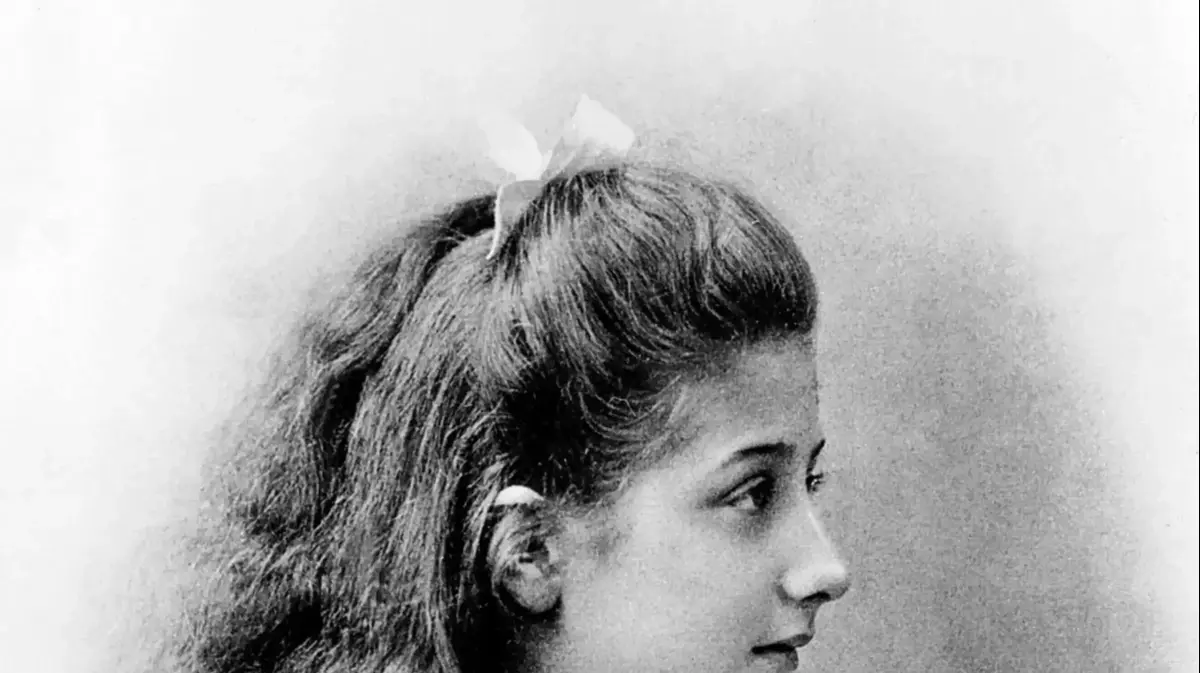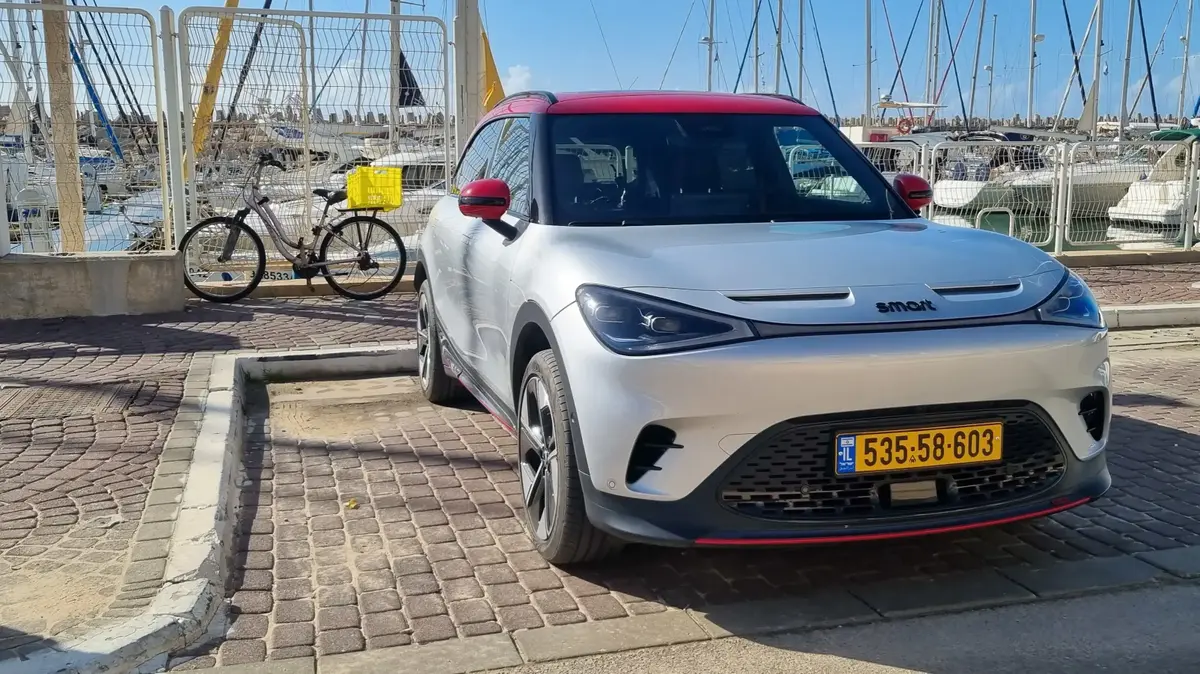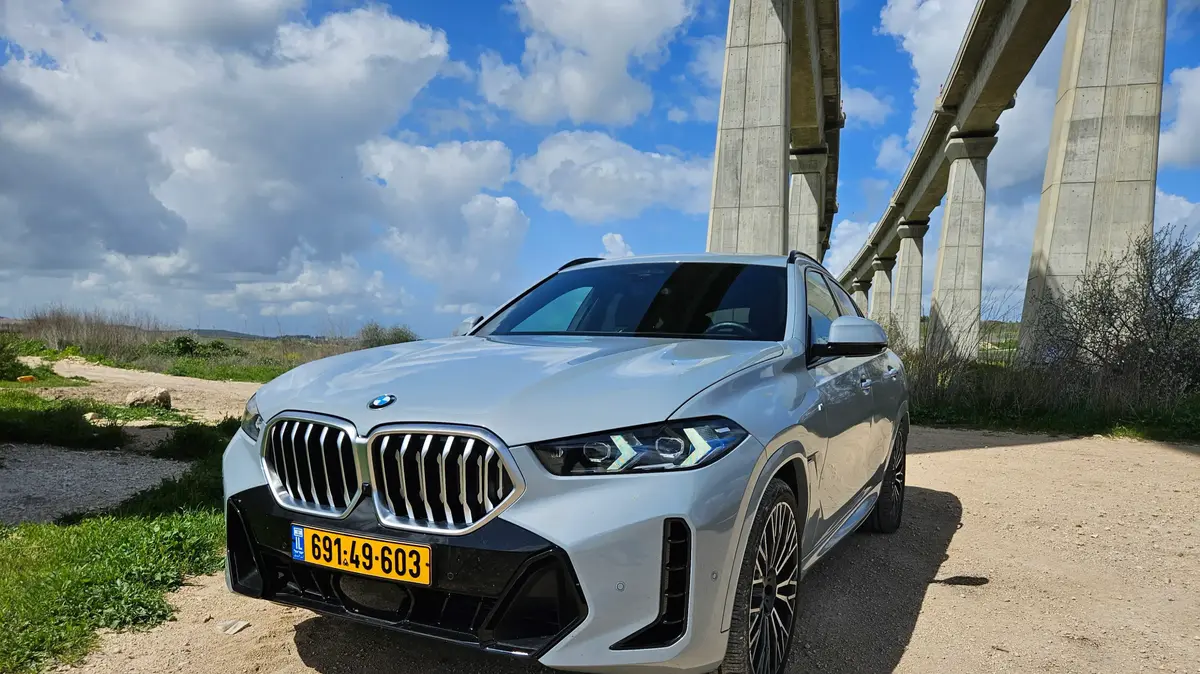vehicle
Car News
120 years to the first real Mercedes
The act of a rich and car-loving father and beloved daughter who teamed up to create one of the great luxury brands of the automotive industry.
The tremendous tragedies behind the shining star emblem are the least known part of this story
Tags
Mercedes
Keenan Cohen
Monday, 23 November 2020, 11:14
Share on Facebook
Share on WhatsApp
Share on general
Share on general
Share on Twitter
Share on Email
0 comments
Mercedes Yelnik, the girl after whom Mercedes cars are named, knew in her life tragedy and death at a young age
It was a Friday of the 23rd of November in 1900, to the streets of Kenshadt, Stuttgart's north-east residential area rolling a very special car in its debut driving.
This in itself was not a very rare spectacle, the city that was the seat of Gottlieb Daimler who together with Wilhelm Maybach and Karl Benz laid the foundations for the German car industry in Stuttgart in the late 19th and first years of the 20th century.
More on Walla!
NEWS
Road test: Mercedes AMG A45S
To the full article
Emil Yelnick and his daughter Mercedes
But this car was definitely special.
It was built to a special order for its client - Emil Yelnik.
Yelnick, who was born in Leipzig to Adolf (Aaron) Yelnick who was himself the chief rabbi of Vienna and an intellectual, was a successful and more important businessman in our affairs - a car lover long before they were called that.
After several unsuccessful attempts, he purchased in 1896 two cars with an 8 hp Phoenix engine and a top speed of 24 km / h from Daimler-Motoren-Gesellschaft.
A year later he starts selling the manufacturer's cars to his affluent circle of acquaintances on the French Riviera.
Emil realized that the manufacturer's early race cars were very problematic and required a completely different structure, here in 1899
By 1900 Yelnick had already sold several dozen cars, which opened doors for him at Daimler.
As someone who lives in France, the cradle of motor sports, he saw car racing as an opening to build a reputation and a testing ground for new developments.
After an unsuccessful participation with Daimler's car in the race in 1899, he returned to society the following year, this time not to Gottlieb Daimler (who died in March 1900) but to Wilhelm Maibach and ordered a different car from anything built up until then.
The 35 HP was different from anything produced until then, low, wide, with advanced control features and technology not seen before
Emil ordered a car that would be light, fast, low and have better driving mechanisms than the models that were on the market up to that time.
He was so convinced of the capabilities and potential of this car that he undertook to order 36 units of it and another 36 units of the 8 hp model. of the Company and its management. but Lilnik was another condition - the name of the car? should be a Mercedes - the name of the daughter of the 11th. one of the reasons for this request Emil was a concession is held by one of the competitors of his company "Fnhrd" the name Daimler.
this So on November 23, the first Mercedes, or as it was called in the 35 HP company for its debut driving, came out. And when Yelnik told the engineers that he did not want the car today, nor the car of tomorrow - but the car of tomorrow - he knew about What is he talking about.
The revolutionary "Honeycomb" grill was one of Wilhelm Maybach's developments for this car
With a fundamentally innovative design, in a wide, low and long chassis and body than before, using the Bosch ignition system, a powerful four-cylinder engine with a carburetor for each pair of cylinders, an aluminum crankshaft housing.
And an engine that is lower and with it an improved center of gravity - Emil Yelnik's Mercedes was an unstoppable force.
While the fastest in his pricing struggled to reach 60 mph his car reached 75 mph easily and reliably.
The absolute control of this car in all races led the manager of the French Car Club in 1901 to declare: "We have entered the era of Mercedes".
At the height of his success, Emil and the Jelnik family had luxury homes in Austria, France and more, here is the villa in Nice
Yelnik also named some of his yachts after his daughter, here it's the Mercedes II
Two years after its debut ride, when it was responsible for the manufacturer's tremendous development boom and put millions into its bank accounts, on June 23, 1902, the manufacturer changed its name to Mercedes and so it registered on September 26th.
When he is swept away by the business and personal success of the carmaker in which he takes part, Emil does something that probably no one has done before - and adds his daughter's name to his own, becoming Emil Yelnick-Mercedes.
Mercedes Yelnick behind the wheel of a race car, she did not really share her father's passion for cars
The succession of successes of Jelnick and Mercedes lasted for many years, but the wheel turned in 1914. Shortly before the outbreak of World War I the Austrian tax authorities opened an investigation against Emil and required him to pay taxes on his assets in France, the investigation and pressure affected his health.
With Austria's entry into World War I the family stopped speaking French outside their home and not long after that the family packed up and moved back to France.
There, however, he was accused of spying for the Austrians and of hiding spies and saboteurs on his yachts, at the same time, the Austrians suspected his second wife that she was a spy for France.
Jelnik left for neutral Switzerland in 1917 but was also arrested there.
On January 21, 1918, Emil Jelnick died in Switzerland, aged 64, after losing most of his property.
Mercedes and her partner Karl von Schlosser first settled in Venice in 1909
The life of his daughter Mercedes was not easy either, tragedy haunted tragedy in the few years of this young woman.
She had two failed marriages, the first in 1909 at the height of her family's economic success were held in a castle on the French Riviera with Baron von Schlosser and the two had two children, but World War I brought the couple into crisis and the marriage was dissolved.
During these years, as will be recalled, the entire Yelnik family disbanded.
The grave of Emil Jelnick in Nice, France
The most advanced is the most lucrative
Compulsory insurance starting at NIS 54 per month
By the insurance company WE SURE
Purchase >>
By 1918 Mercedes had reached a state of begging and begging for food on the streets and soon after abandoned Von Schlosser and her children.
She remarried to Baron Rudolf von Weigel, who despite his glorious name was a talented but poor sculptor.
A decade later, in 1929, she died of bone cancer at the age of 39. She was buried in the family section of Vienna, alongside her grandfather, Rabbi Adolf Yelnik.
The name Mercedes in Spanish-Christian means "mercy" from the word mercy.
And despite the glorious brand that bears her name, if only she had won a few of these in her life.
Share on Facebook
Share on WhatsApp
Share on general
Share on general
Share on Twitter
Share on Email
0 comments








